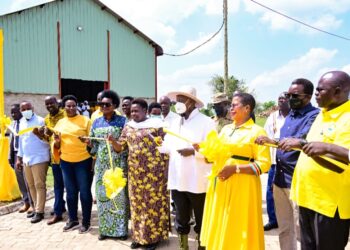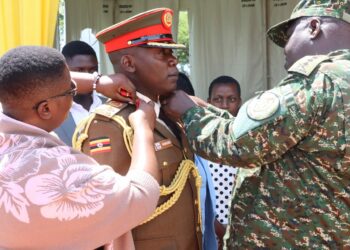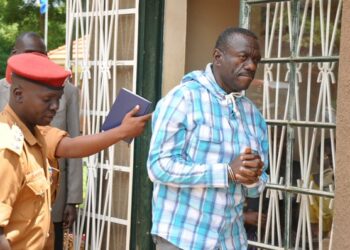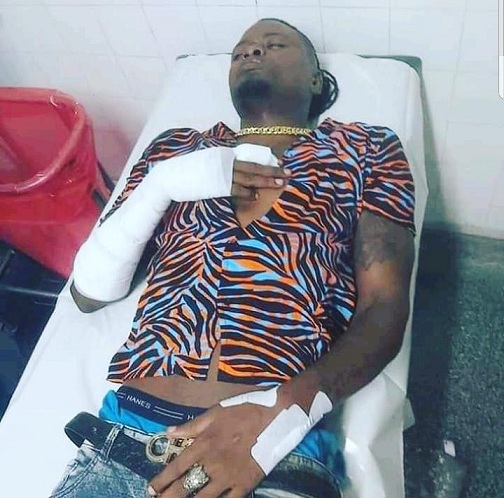The defence lawyers in the trial of businessman Mathew Kanyanyumu and his fiancé Cynthia Mumwangari have rejected evidence presented by witness number 11 Robinah Kirinya.
Kanyamunyu and Mumwangari are accused of killing a child activist Kenneth Akena in November 2016. However, the two say they just helped Akena whom they found already shot. Prosecution has so far availed 11 witnesses, with Kirinya the latest.
Last week, during her testimony before the High Court, Kirinya said Gun Short Residues (GSR) were found on the Kanyamunyu’s clothes – shirt and trousers- and even in the left glove compartment of his vehicles.
“A Griess reagent was applied on exhibit 2a, 2b, 3 and 4. However the exhibits 2b and 4 had nitrate radicals. On exhibit, the radicals were found on edges of the right hand pocket and inside while 4 had the nitrate radicals on chest right hand side. The two were subjected to the X-ray and red Barium, Antimony elements were detected at the same parts as before,” she said.
However, through the cross-examination by the defence lawyers MacDusman Kabega, Caleb Alaka, and Evans Ochieng on Wednesday, they urged that their client Kanyamunyu contracted the GSR from the bullet wound of Akena while transferring him in the car and removing him.
“If one is shot what are the chances that the GSR will be found on the body and the surrounding?” asked Kabega.
Kirinya answered, “If the bullet is shot within a distance less than one meter SGR will be found on the surrounding however that also depends on the type of the gun.”
“Can someone get GSR by touching on one who has been shot?” Kabega defence.
In response, Kirinya said yes if that person touches on the wounds or immediate surfaces surrounding the wounds.
“In your examination report, you said you found the presence of SGR in the glove compartment the car. Can some who has touched on the wounded person and acquired GSR transfer it to another part?” Asked Kabega.
Kirinya answered and said, “Yes once one acquires he can take it anyway.”
Finally, Kabega said that GSR that was detected on his client’s clothes and the car was as a result of coming into contact with the deceased who had been already been shot.
He also said that the authenticity of the laboratory is still doubted because it has never acquired the certificate from the International Organization for Standardization (ISO) and organisation that certifies any laboratory to the international level.
“My the examinations were conducted without the certificate of ISO,” he said. However, Kirinya said ISO is just a ceremonial certificate that makes the laboratory international and can not affect the results from tests conducted.
The trial in the trial
A trial within a trial is a mini-trial to resolve a contradiction on the admissibility of certain evidence. On Friday the trial judge Steven Mubiru had held on the testimony of Kirinya due to ‘material differences’ in two police request forms submitted to the government analytical laboratory (DGAL) for examination.
He therefore called for a trial in the trial for the witness (Kirinya) and the responsible police officers to rectify material contradictions which had been raised by the defence lawyers.
However, on Tuesday her testimony was accepted after the trial in the trial when Justice Mubiru found no conclusive point to expunge her testimony although there were material difference but had the same point they were addressing
“What I have discovered in this trial in the trial that there was just differences of writing but the facts were not tempered, and for that reason, I see not the reason why the court should not accept her testimony,” said Mubiru.
Cross-examination of witness 11 continued on Wednesday and it will commence on Thursday at 2:00 pm.
Do you have a story in your community or an opinion to share with us: Email us at editorial@watchdoguganda.com












